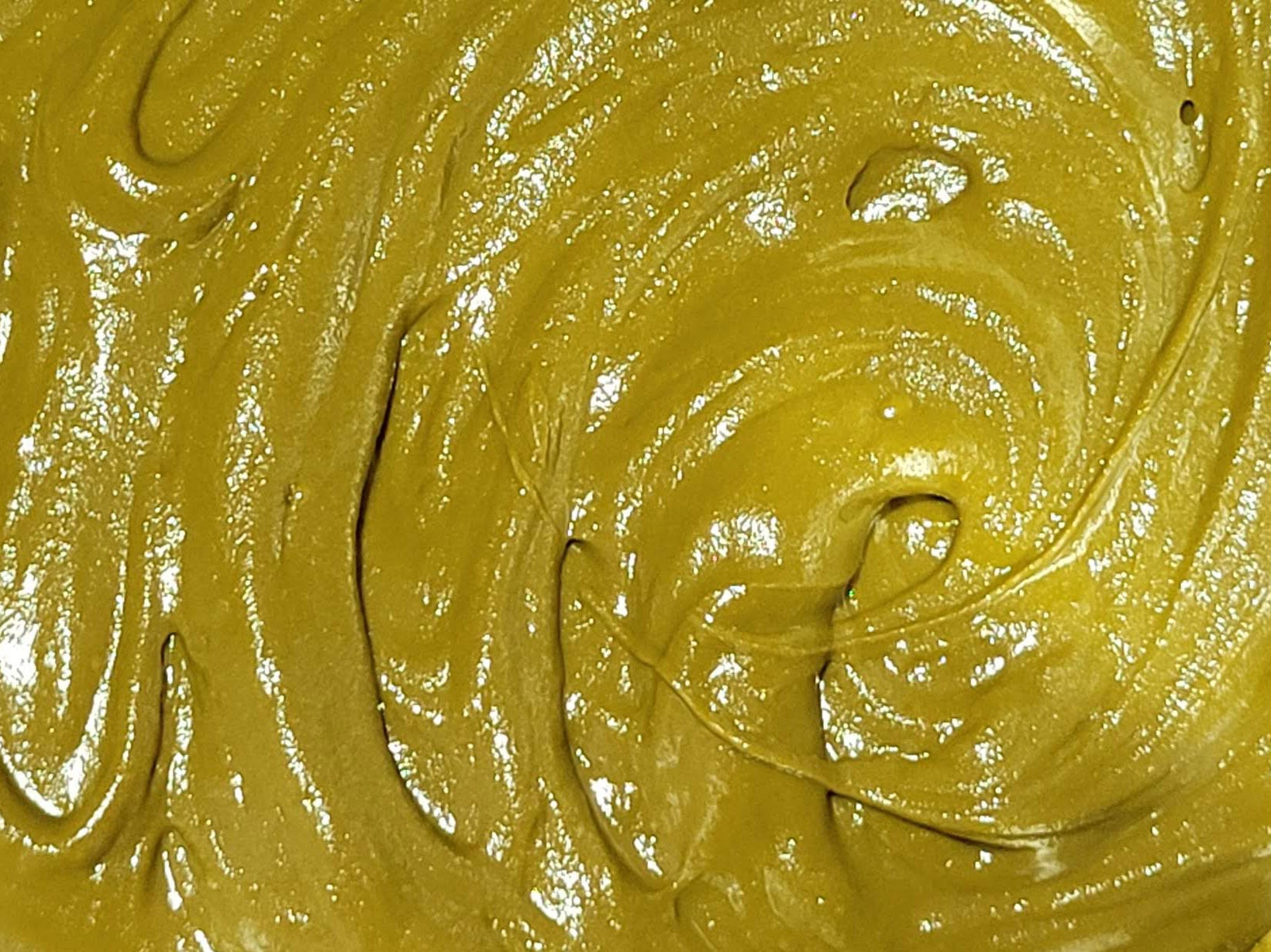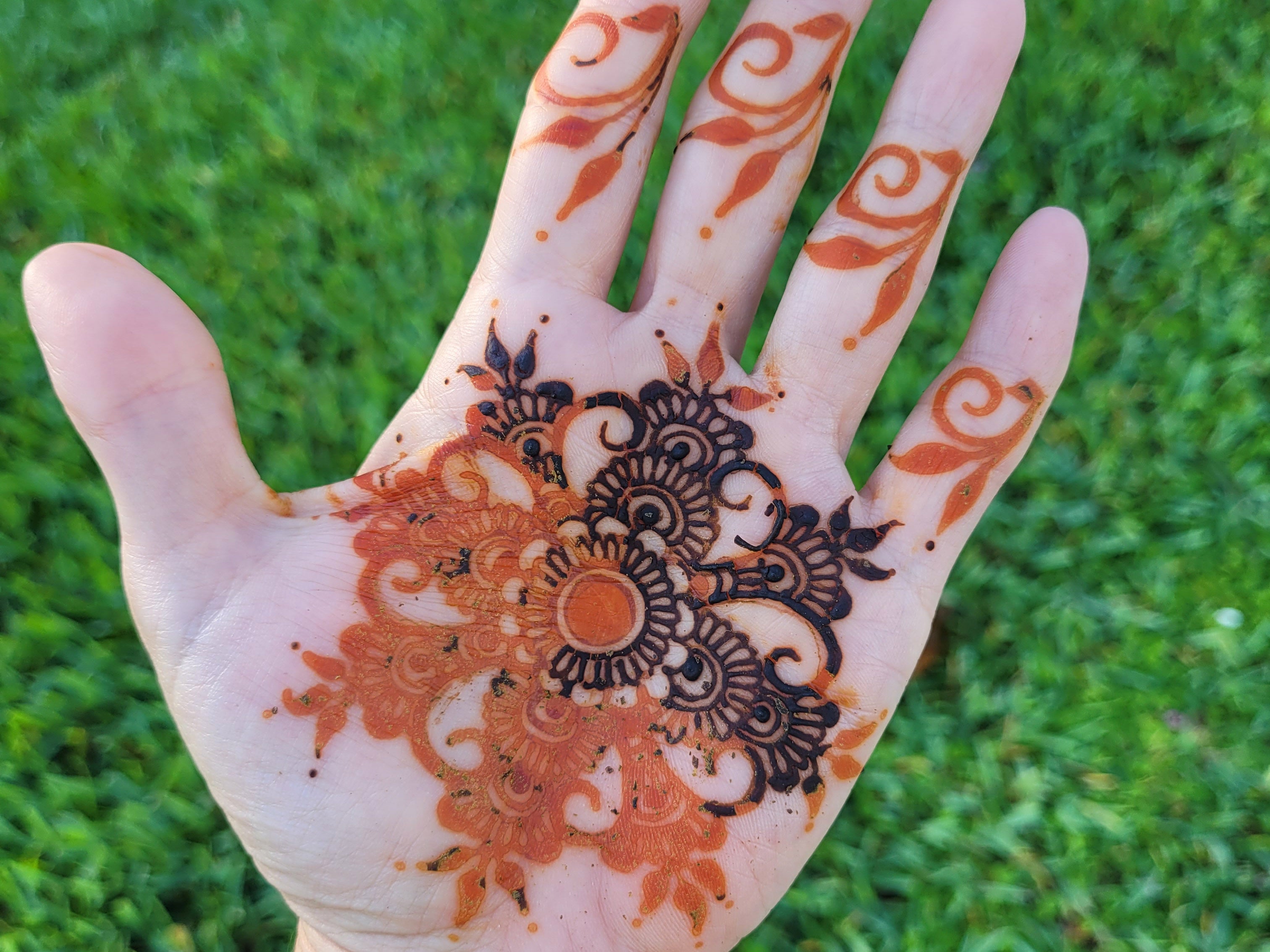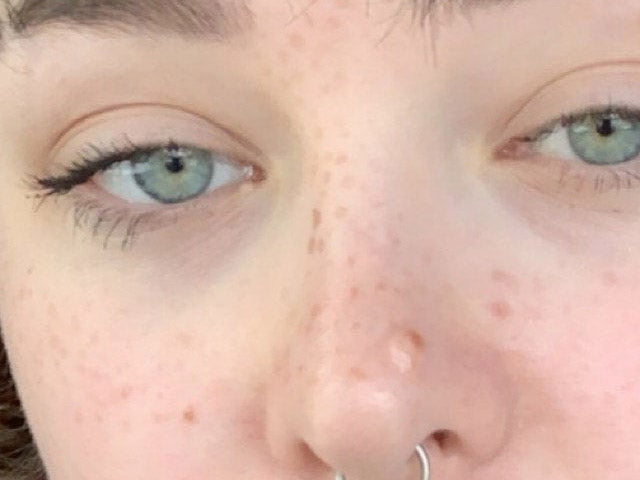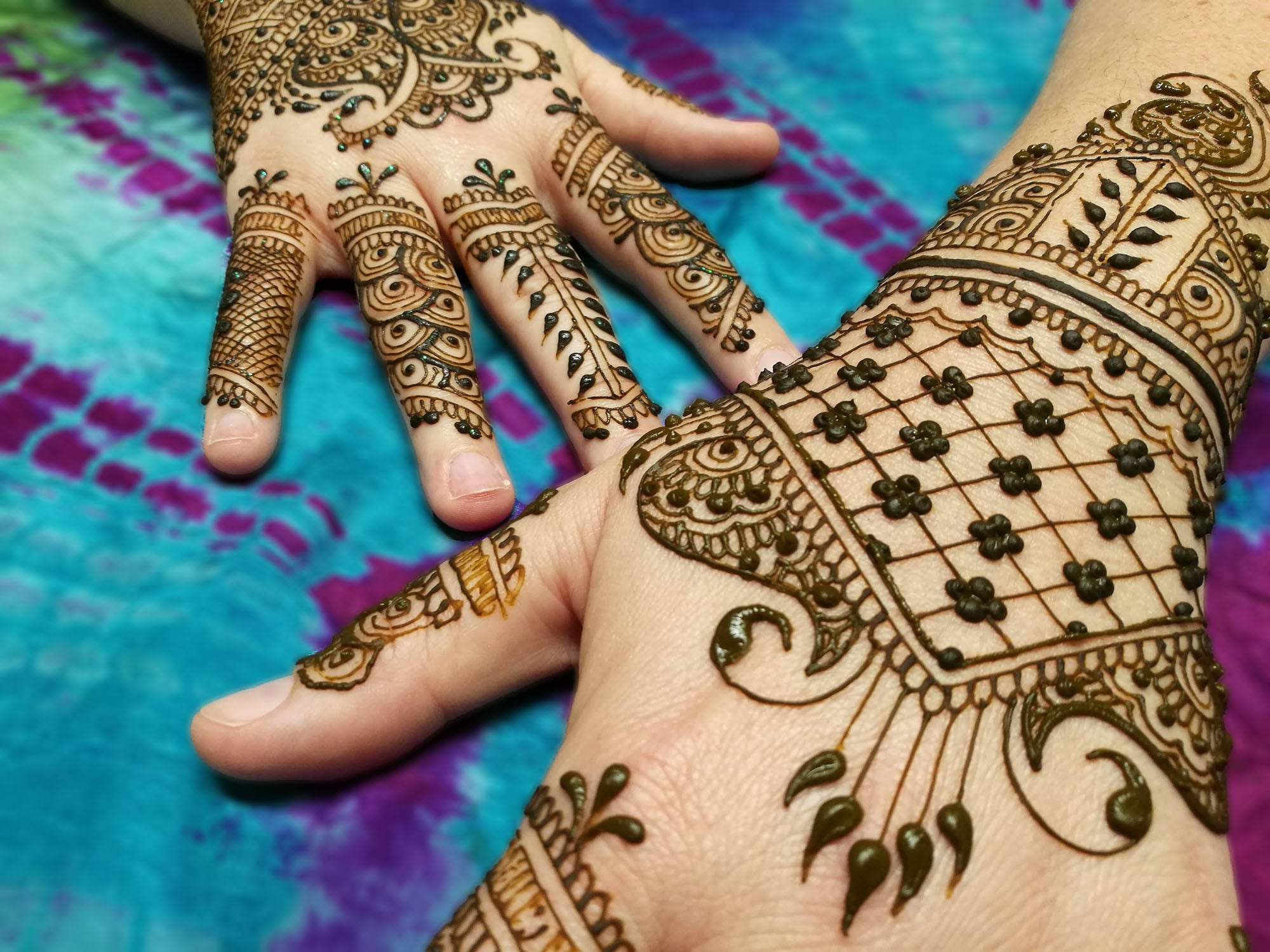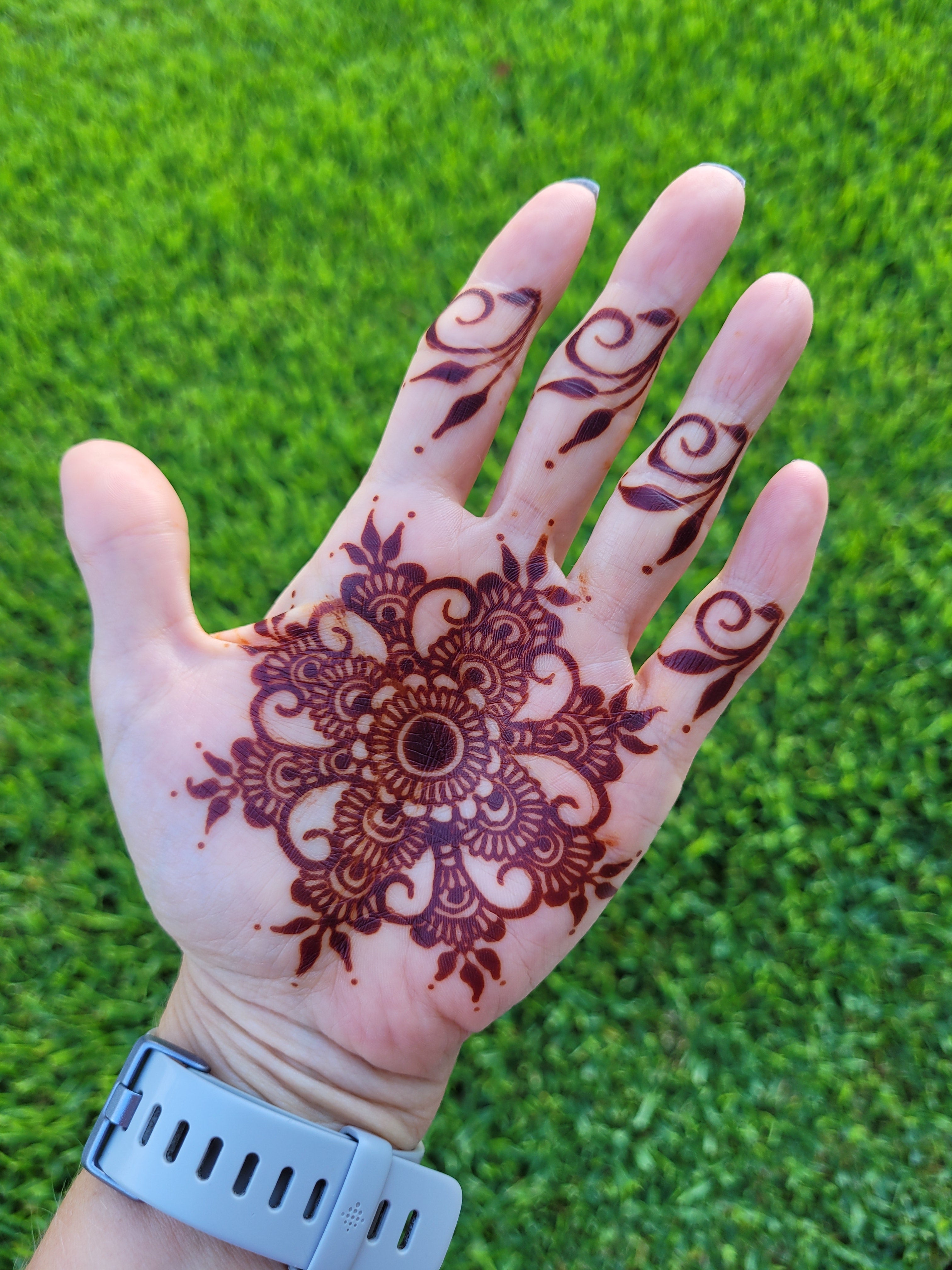
The Henna Learning Center
Everything you need to learn about henna is here! From mixing henna and henna safety to free mehndi designs downloads and henna workshops!
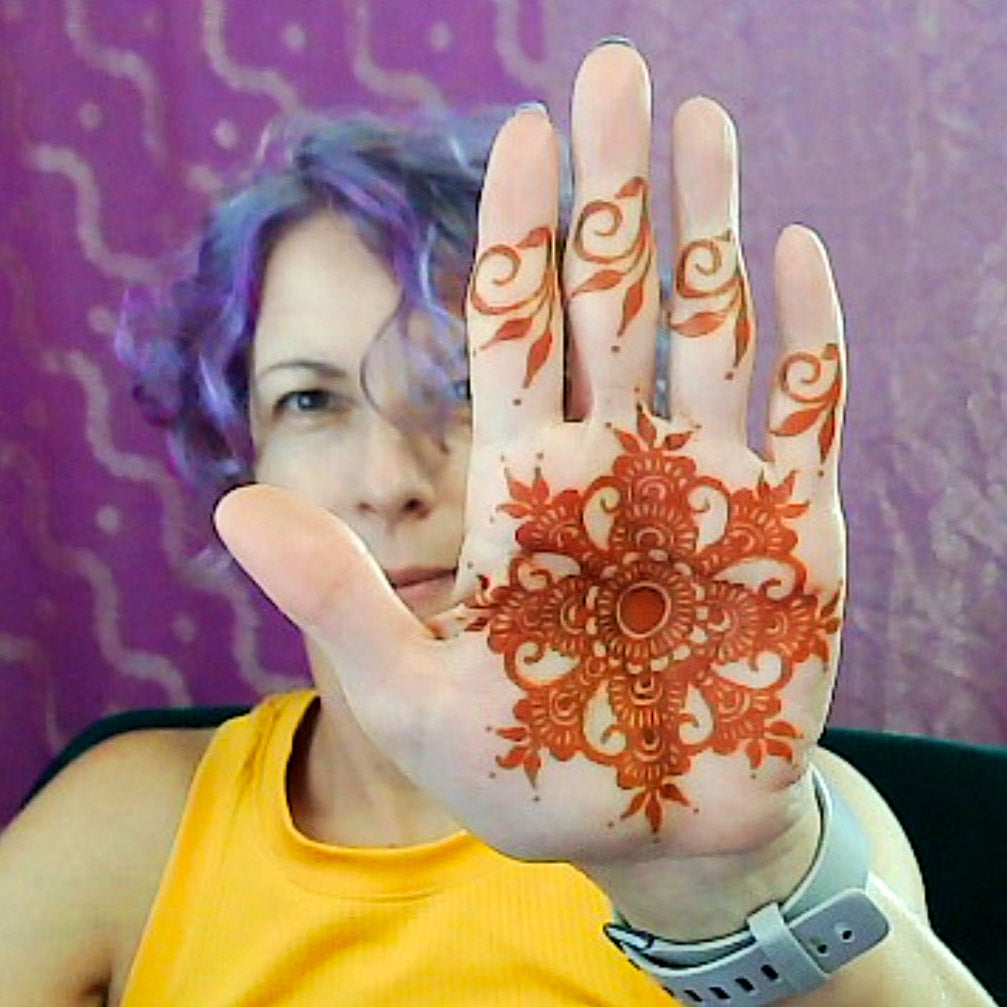
New To Henna?
Dive into the world of henna with Beachcombers' introductory guide for beginners, offering essential tips and information for newbies. From deciding the right henna for you to understanding the basic science of how henna works, this creates a solid foundation to start your henna journey.
-
How to Mix Henna
How to Mix HennaLearn how to create your own henna paste for beautiful stains and effortlessly manageable paste!
-
DIY: Henna How To's
DIY Mehndi: How to HennaAnswers to the most common questions to guide you through your henna journey.
-
-
Henna Freckles
Create Henna FrecklesFaux freckles are super cute and super fun! Creating temporary freckles is safe and is an easy DIY beauty project.
-
Henna Safety & Black Henna
Henna Safety InfoEverything you need to know about henna safety, including ingreident awareness, black henna, and allergies.
-
Henna Classes & Workshops
Henna Class Info HereLearn to henna, with hands-on professionally taught classes in Orlando, Florida. These are structured workshops packed with hands-on education and experience.
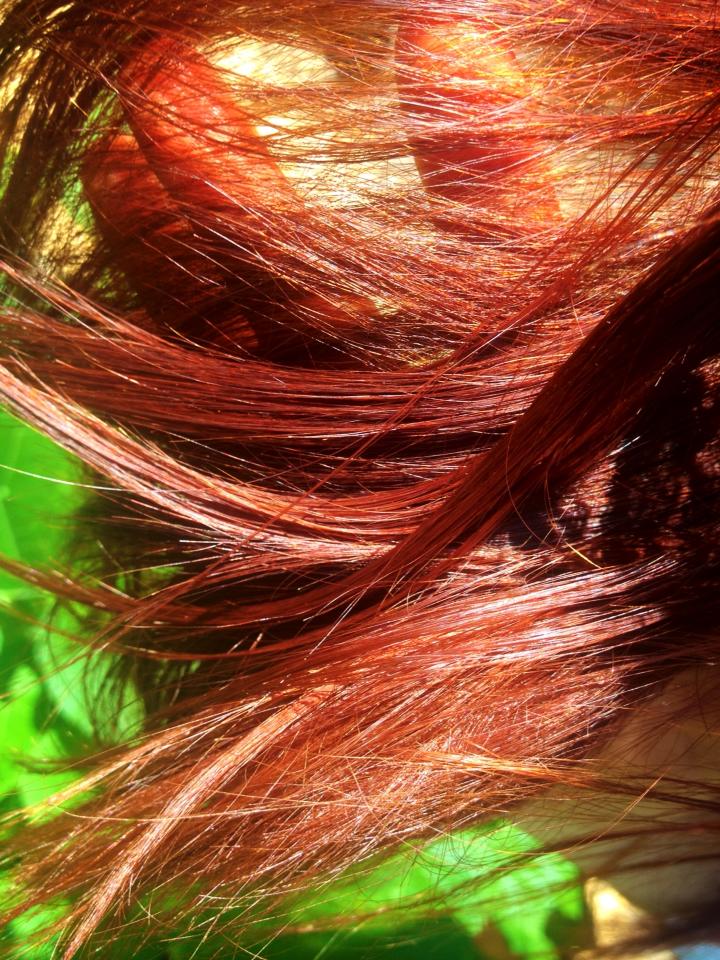
Everything Hair Henna
Natural Henna & Indigo Hair Dye
Everything you need to know about dying your hair with henna and/or indigo for beautiful natural healthy hair color.

FREE Designs & More!
Get our free monthly henna designs, free henna eBooks, and other helpful downloads like signs, templates, and aftercare instructions.

Henna How-To-Videos
Dive into the world of henna artistry with our collection of instructional videos. Whether you're a beginner or experienced, these videos will get you started!
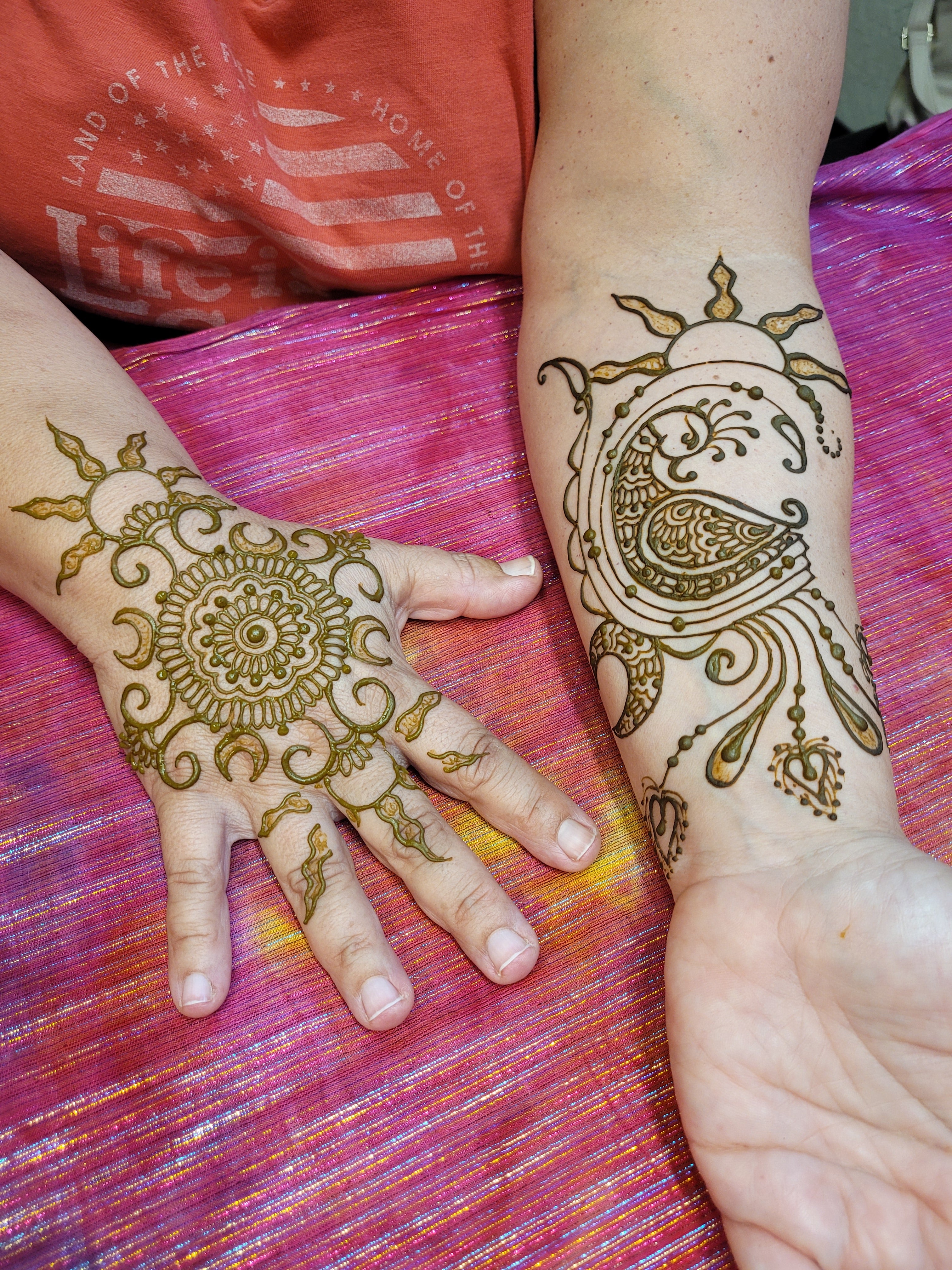
Henna is for Everyone!
We all deserve to feel beautiful and powerful!

